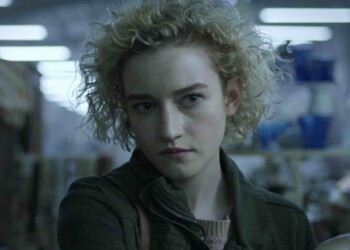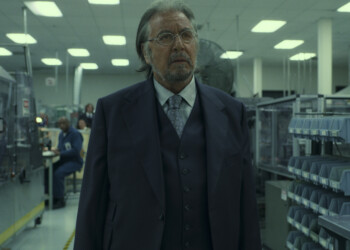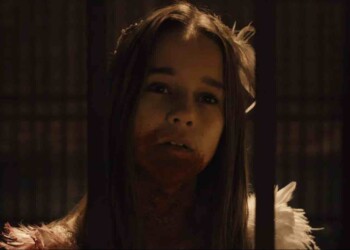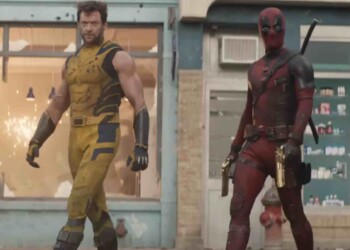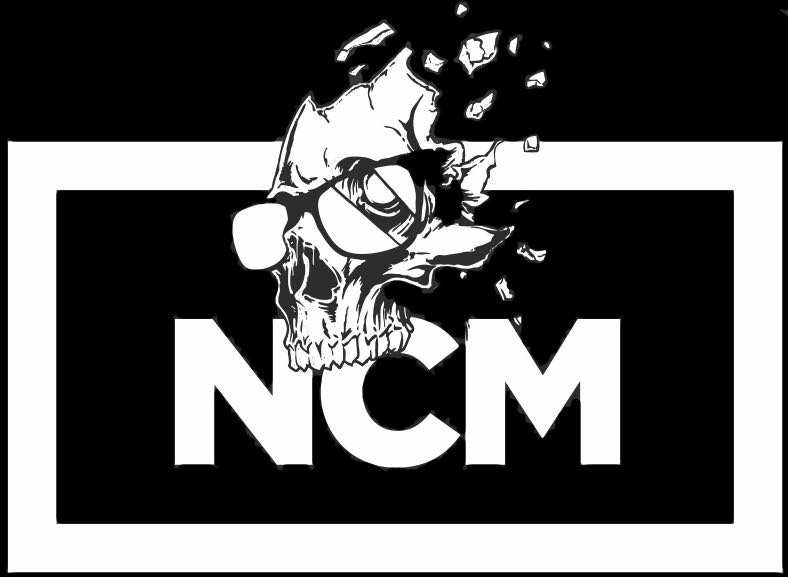Here’s our review for “The Many Saints of Newark,” the highly anticipated prequel to “The Sopranos” that helps tell Tony Soprano’s origins….
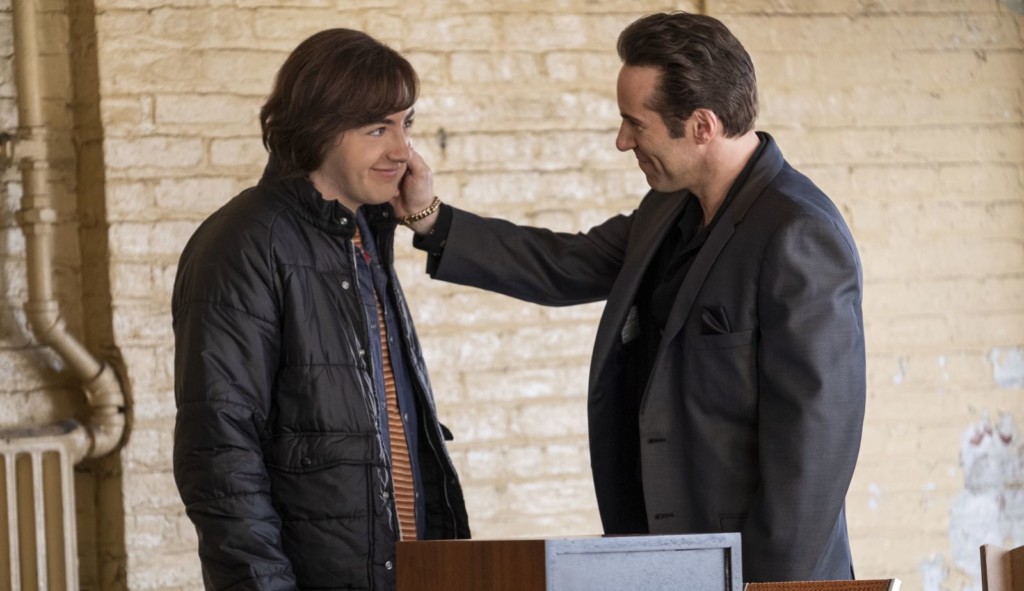
By Damon Martin — Editor/Lead Writer
When “The Sopranos” came to an end in 2007, rumors immediately started swirling that creator David Chase planned to return to the franchise for a film that would carry on the story started by Tony Soprano and his mob crew from New Jersey.
It turns out Chase never really intended on a sequel to his award-winning series and any hopes that he might change his mind ended in 2013 following the tragic death of series star James Gandolfini.
But eventually an idea took hold in Chase’s mind about returning to the world of “The Sopranos” but this time it would be a prequel that would also involve the infamous Newark Riots in the late 1960s, which he lived through as a kid growing up in New Jersey. The ability to tell a whole new story involving some of the same characters from “The Sopranos,” without attempting to carry on minus Gandolfini seemed like the best way possible to pay tribute to the original series and the incredible actor who anchored the show for six seasons.
The final result was “The Many Saints of Newark” — a “Sopranos” story that travels back to the late 1960s and early 1970s with the primary focus centered around Dickie Moltisanti — Christopher Moltisanti’s father and an oft mentioned character who was a major influence in Tony’s life growing up in the mafia. As much as Tony revered his dad Johnny Boy Soprano, it was his “uncle” Dickie who was a father figure, a big brother and a best friend to the future mob boss.
The film does a solid job of sampling plenty of nostalgia with more than a few references to famous moments from “The Sopranos” series while still managing to introduce a few new characters and storylines that feel familiar yet brand new.
That said, the biggest criticism for “The Many Saints of Newark” is that it’s a somewhat scattered movie that never really puts the focus on any central theme or plot line but rather a mix of characters all tossed together that feels like one of Tony’s flashbacks yet comes up short from any truly monumental moments until the very end.
Because the film takes place over two different time periods — the first features Tony Soprano as a kid and the second as a teenager — there’s not enough time to really develop the new characters much less the story that’s supposed to serve as the driving force behind the movie. For all the ways that Dickie is supposed to be the centerpiece, he gets shoved to the side quite often because the film is trying to serve too many masters.
Still, it’s hard not to enjoy a sweet dose of nostalgia, especially for those hardcore fans of “The Sopranos” — like myself, who consider it the greatest television show in history — with hopes that perhaps Chase might even return for another prequel in the future.
With that said, let’s get to our full review for “The Many Saints of Newark”…
PLOT
It’s 1967 when the story begins as Dickie Moltisanti, along with his “nephew” Tony Soprano, arrive at a shipyard to welcome back his father, “Hollywood” Dick Moltisanti and his new bride from Italy, Giuseppina Moltisanti.
At the time, Dickie is in charge of running numbers for the DiMeo crime family in New Jersey where he operates alongside his friends and family members including Johnny Boy Soprano and Corrado “Junior” Soprano. To help orchestrate total control over the numbers racket in New Jersey, Dickie actually works alongside an old high school classmate named Harold McBrayer, who helps him operate in the Black neighborhoods throughout Newark.
Of course, Dickie is married and trying to have a kid with his wife Joanne while also starting to get eyes for his father’s young bride, who is living in the same duplex.
Meanwhile, the Newark Riots starting to explode with racial tensions between the Black community and the Italians as well as the police eventually convinces Harold that he needs to stop doing business with Dickie and perhaps strike out on his own instead.
Needless to say, that creates a whole new kind of tension as Dickie attempts to keep his grasp around the numbers racket with new rivals popping up both from inside and outside his family.
ACTING, DIRECTING AND SCRIPT
In so many ways, this feels like an episode of “The Sopranos,” which is both good and bad.
The fact that the characters, the scenery and the story all feel familiar is a testament to David Chase and co-writer Lawrence Konner, who manages to drop the audience right back into the flashback world that Tony often talked about on the series.
The bad is that because this story ultimately gets split into two different time periods, neither one truly feels complete. There are a lot of great moments but not truly cohesive story except for the one involving Dickie and Harold, which again feels somewhat lost because so much time is required for all of the other characters involved in this movie. It doesn’t ruin the movie by any means — it just feels incomplete and somewhat rushed at times.
As far as the acting goes — Alessandro Nivola knocks it out of the park as Dickie Moltisanti.
He’s a well known character actor, who has been waiting for years to finally breakout in a major role and Chase gave him plenty to chew on with this movie. Nivola manages to walk the fine line between smoldering and volcanic — and when he explodes, you’ll see the exact kind of temper and lack of patience that haunts Tony throughout his reign as the king of New Jersey.
Leslie Odom Jr. is a solid counterpart as Harold McBrayer but it almost feels like he falls to the background more often than not because there’s just not enough time to truly develop his character as a serious rival to Dickie and the New Jersey mafia crew he runs with.
Vera Farmiga really manages to embody the spirit of Livia Soprano — a role originated by the late great Nancy Marchand, who likely would have remained a stalwart of “The Sopranos” if not for her untimely death between seasons 2 and 3. Farmiga is barely recognizable behind the makeup required to transform her into Livia but her machinations throughout this film feel authentic when compared to the original character from the series.
Jon Bernthal also does a solid job as Johnny Boy Soprano, although he largely lingers in the background and the same can be said for Corey Stoll, who is a fantastic actor but he just doesn’t pull the same weight or gravitas that Dominic Chianese managed as Junior Soprano for seven seasons on the show.
Perhaps the hardest role to pull off for this movie was Michael Gandolfini portraying Tony Soprano — the same legendary role his father embodied on the series. Gandolfini really does a wonderful job in this part and the only thing that could have been better would be if they gave him more to do.
Of course, the last 20 minutes of the movie really ends up stealing the show and that’s where both Gandolfini and Nivola truly shine. If there are going to be award nominations from this film, it’s going to come from the last half-hour when the relationship between Dickie and Tony really takes center stage.
WHAT’S WRONG WITH THE MOVIE?
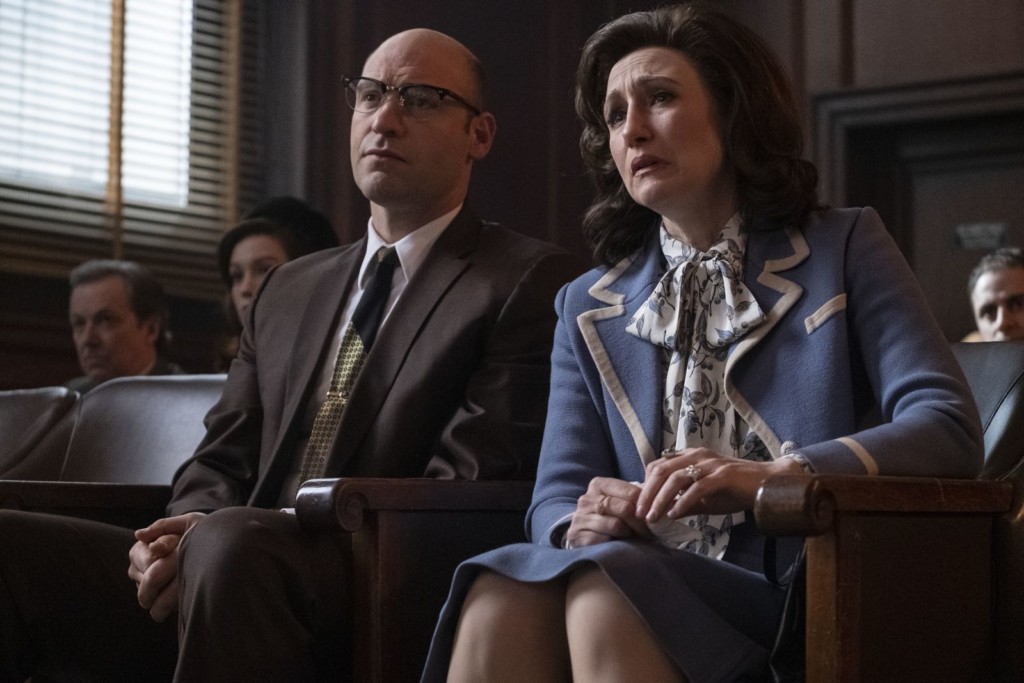
In many ways the biggest problem with “The Many Saints of Newark” is that you just want more than what the film gives you.
The acting is great and the primary story is actually rather compelling — you just don’t spend enough time with it to feel truly invested by the time the movie comes to an end. It seems that alternating between two different time periods did more harm than good because there’s not enough room for either to truly breathe.
Perhaps, “The Sopranos” prequel would have been better served with a “Goodfellas” format where 20 minutes is spent introducing everybody in the 1960s and then the next two hours are all focused on the primary story taking place in the 1970s.
The fact that this film only has a two hour run time also feels a bit strange — it seems another 20 to 30 minutes could have really solved a lot of the problems. Again, the film is still great in so many ways but that doesn’t mean it’s also not a little unsatisfying when it’s over.
FINAL VERDICT
Fans of “The Sopranos” will absolutely adore all the callbacks to the original series — from so many recognizable characters to plenty of scenes that were either directly referenced or actually shown but then recreated for the movie.
It also can’t be overstated enough how much Chase and company manage to stick the landing because the final 20 minutes leading up to the end of the film are as good as anything you’ll see in a film this year. If the closing moments don’t send chills down your spine, then you probably never watched “The Sopranos.”
Overall, “The Many Saints of Newark” gets 3 out of 5 on the Skolnick Scale…


